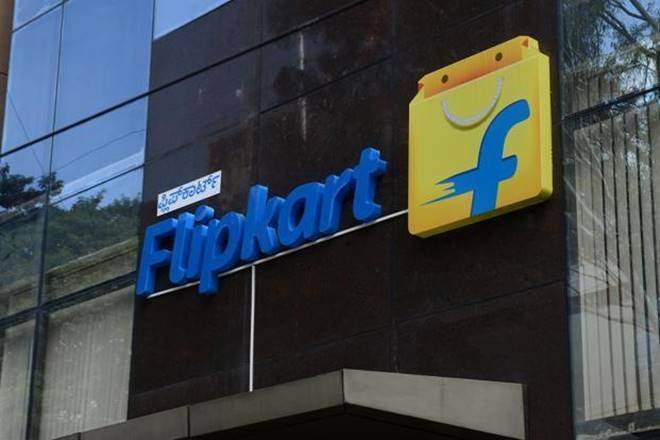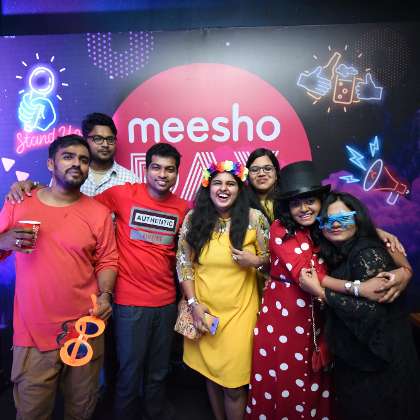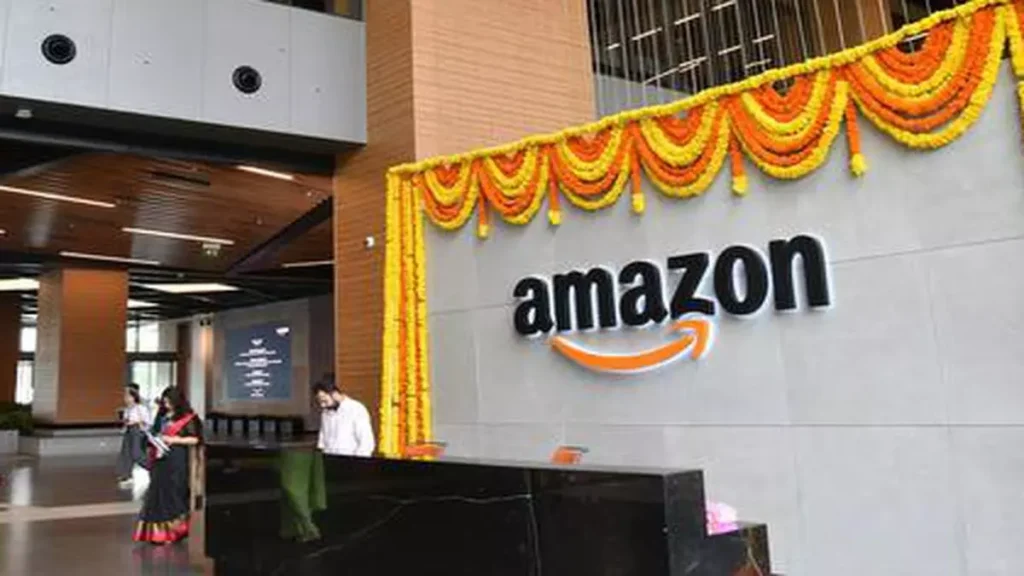India’s e-commerce scene is a vibrant tapestry, woven with established giants like Flipkart and Amazon, nimble challengers like Meesho and Ajio, and a host of niche players carving their own spaces. A recent report by Alliance Bernstein paints a fascinating picture of this dynamic market, highlighting the current landscape and future trajectories of key players.
Flipkart: The Unwavering King with a Mobile and Fashion Crown

At the helm of the e-commerce kingdom stands Flipkart, the undisputed leader with a commanding 48% market share. Its user base is steadily expanding, growing 21% year-on-year, fueled by its strong grip on mobile and apparel segments. With an estimated 50% share in online smartphone sales and a staggering 60% in online fashion, Flipkart remains the go-to destination for tech-savvy and fashion-conscious consumers.
Meesho: The Fastest-Growing Challenger from Tier 2 Towns
While Flipkart reigns supreme, a challenger is rapidly rising from the heart of India’s Tier 2 and smaller cities – Meesho. This Softbank-backed platform has emerged as the fastest-growing e-commerce player, boasting a user base of 120 million average monthly active users (MAUs) and a growth rate of 32% year-on-year.
Meesho’s secret sauce lies in its strategic focus on Tier 2 cities and its unique zero-commission model. This caters to a price-conscious market, attracting retail business owners and offering a platform for unbranded products. Its success is reflected in its impressive order volume growth of 43% and revenue growth of 54%, with healthy repeat customer rates of around 80%.

Amazon: The Premium Player Facing Headwinds

Despite being a global e-commerce behemoth, Amazon India finds itself in a slightly different position. While it maintains a respectable user base and enjoys recognition as the most preferred online brand according to a Nielsen Media study, its growth trajectory is less dynamic compared to Flipkart and Meesho. This can be attributed to its focus on premium offerings, which may not resonate as strongly with the price-sensitive Tier 2 and smaller city segments.
Fashion E-Commerce: A Two-Horse Race with a Dark Horse
The fashion e-commerce space is a heated battleground, with Reliance-owned Ajio making significant strides in recent times. Ajio’s user base is rapidly growing, capturing around 30% market share based on MAUs. However, the undisputed champion remains Myntra, a Flipkart Group company, holding over 50% market share in terms of active users. Interestingly, while Myntra exhibits the highest user growth rate among peers at 25%, its GMV growth pales in comparison at 12%, indicating potential challenges in converting users into active buyers.
Quick Commerce: A Three-Player Race with Blinkit Leading the Charge

The quick commerce space is another exciting segment, witnessing rapid growth driven by increasing consumer demand for instant deliveries. Blinkit, with its early entry and robust operations, has established itself as the market leader with a 40% share based on GMV. Instamart follows closely behind, holding 37-39% of the market, while Zepto, a newer entrant, occupies around 20%.

Also Read : Mumbai’s Banking Landscape: A Widening Gap Between Credit and Deposit Growth
The Future Beckons: Who Will Be the Next E-Commerce King?
The Indian e-commerce landscape is constantly evolving, with new players emerging and established giants adapting to changing consumer preferences. While Flipkart currently holds the throne, Meesho’s rapid growth and focus on Tier 2 cities cannot be ignored. Amazon, with its global reach and technological prowess, remains a formidable contender. In the fashion e-commerce space, Ajio’s challenge to Myntra’s dominance is worth watching, and the quick commerce segment promises further consolidation and innovation.
One thing is certain: the Indian e-commerce market is far from saturated. The next few years will be crucial as these players fight for market share, refine their strategies, and cater to the ever-evolving needs of Indian consumers. Who will be the next e-commerce king? Only time will tell, but one thing is for sure – the battle will be fierce, and the spoils will be rich.

2 thoughts on “The E-Commerce Landscape in India: A Tale of Two Titans and Rising Stars”